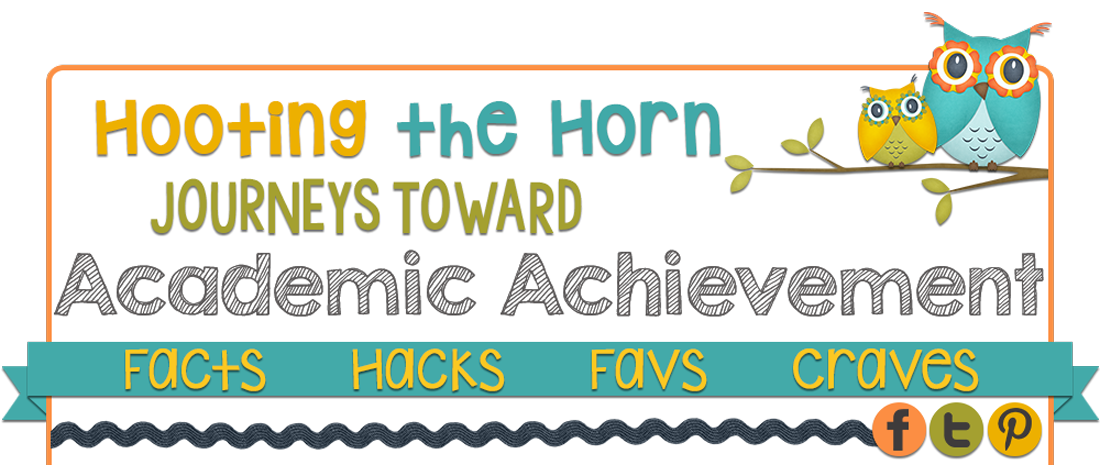Now I fret
A dream abandoned me
Sacred sleep hex
 Thankfully, my fellow teacher didn't judge my poetry, but did think it would be a great supplement to the poetry unit. While I reviewed circumference, radius, and diameter, she completed a lesson on pilish poetry. Students had to write a poem that was a minimum of 10 words long. The results: impressive. The kids found it challenging and many rose to meet it. They even added decorations beyond the original assignment.
Thankfully, my fellow teacher didn't judge my poetry, but did think it would be a great supplement to the poetry unit. While I reviewed circumference, radius, and diameter, she completed a lesson on pilish poetry. Students had to write a poem that was a minimum of 10 words long. The results: impressive. The kids found it challenging and many rose to meet it. They even added decorations beyond the original assignment.
In a follow up meeting regarding the lesson, we agreed that students wouldn't soon forget those pi digits.
Of course, I am by no means an expert on pilish, but it's something I want to use again next year (leading up to pi day this time). The Guardian has a very interesting article on pi haiku. This week's challenge: write some more pilish!






